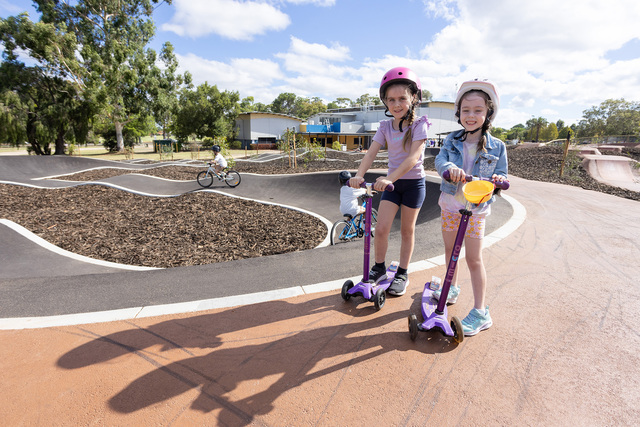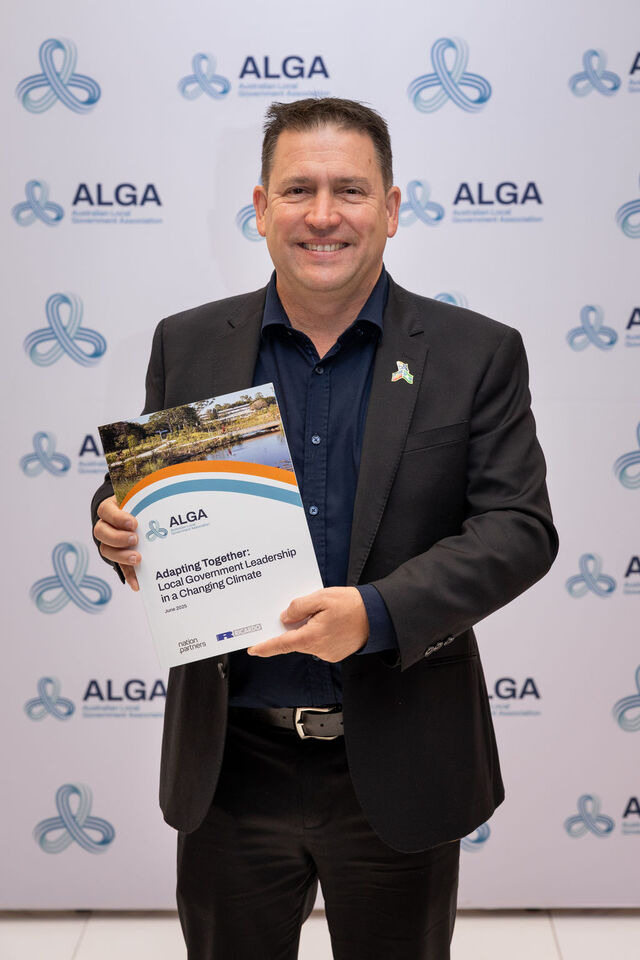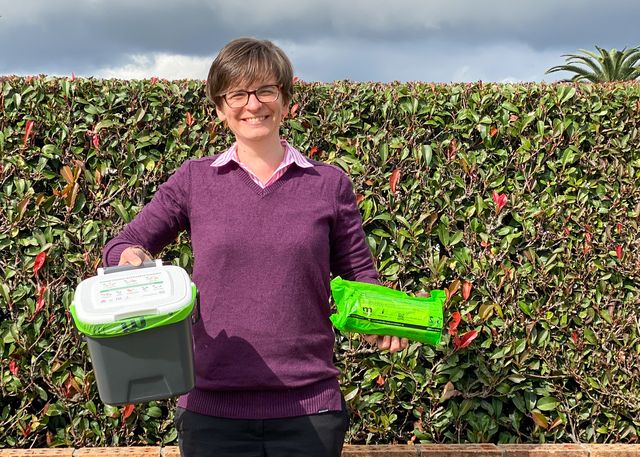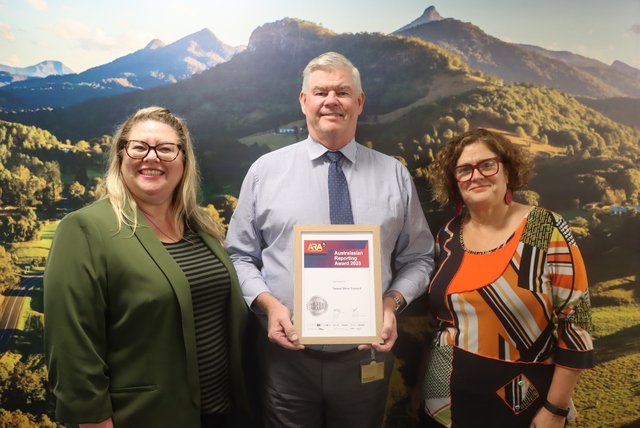Heritage-listed railway workshops that are now home to Newcastle Museum have become a living laboratory for waste and energy savings and a showcase for the City of Newcastle’s green action plan.
Since opening in August 2011, Newcastle Museum has looked for innovative and smart solutions to minimise its energy consumption, delivering environmental benefits and financial savings in the process.
This follows a successful pilot project as part of Newcastle’s 2020 Carbon and Water Management Action (CWMA) Plan, which set an aspirational target of 30 percent reduction in Council’s overall carbon footprint.
Since participating in the pilot, the Museum has reduced energy consumption and carbon dioxide production by 13 percent. The achievements were gained through a combination of a programmatic approach, a readiness to investigate alternative technologies and investment in energy and waste saving solutions.
The project started with a formal commitment to improving environmental sustainability in line with the CWMA Plan. Baseline data was gathered to gain a benchmark of sustainability performance in each of Council’s four focus areas: energy, water, waste and liquid fuels.
The Museum rated a low sustainability score of 40/140, and a number of key projects were identified to improve on this result, with an initial focus on reducing energy and water usage.
In February 2013 the Museum installed 293 LED lights to replace the existing halogen lights in Museum showcases. This has reduced showcase lighting power consumption by 80 percent, which equates to eight kilograms of CO2 per hour.
As LED lighting contains no ultraviolet (UV) light, it has also reduced UV radiation by 100 percent. The UV component of halogen lighting was responsible for the deterioration of collection items on display, so this reduction is particularly beneficial.
LED lights in a key exhibition space called SuperNova were also replaced. This resulted in an annual running cost saving of 93 percent which includes electricity, replacement of bulbs and reduced air conditioning costs.
Museum figures for March 2013 show that energy consumption was 11.7 percent lower than March 2012. If this trend continues, the Museum is on track to make significant reductions in its carbon footprint as well as savings to its budget bottom line.
A waste audit identified key areas requiring efficiency measurements. A range of initiatives to reduce waste to landfill were introduced which so far have resulted in a 30 percent reduction in the Museum’s waste to landfill as well as saving on waste costs.







